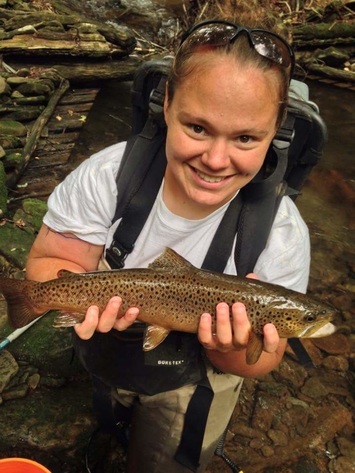M
Matt_Geiman
New member
- Joined
- Dec 20, 2019
- Messages
- 26
I don't want to pick on anyone or a particular style of fishing here. I do think though about the competition style angling particularly in Central PA. The fact is more people are catching more fish, and to some extent that's a great thing. I have no disrespect for comp fishing. Most anglers are very ethical. I actually enjoy learning the new things that have developed out of this style. But with the number of anglers and catch rates increasing, will there be a point where the resource will just be taxed too much? I might be off here, just curious to get others thoughts, particularly those more in tune with the fishery. Thanks!
Last edited:




